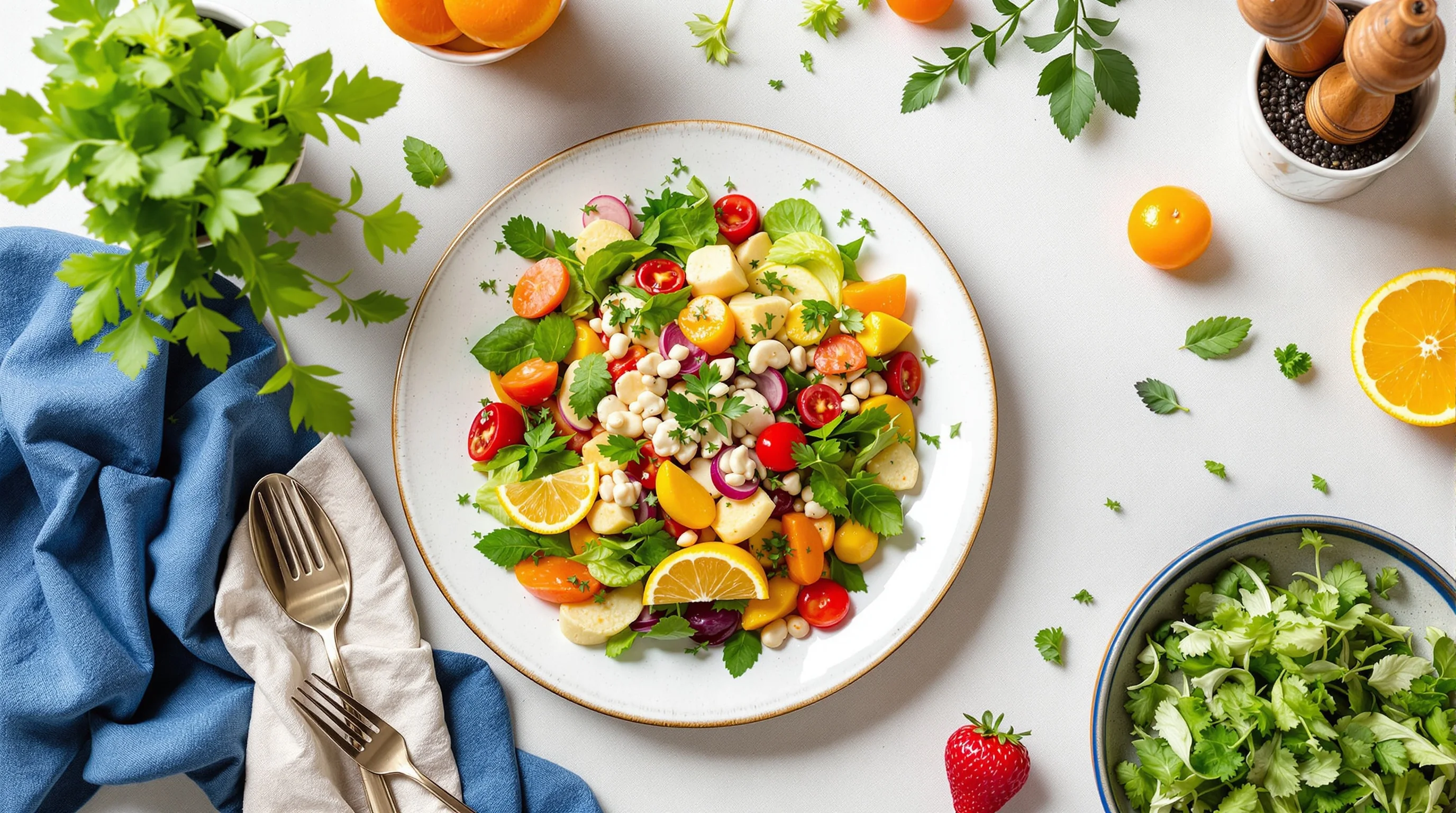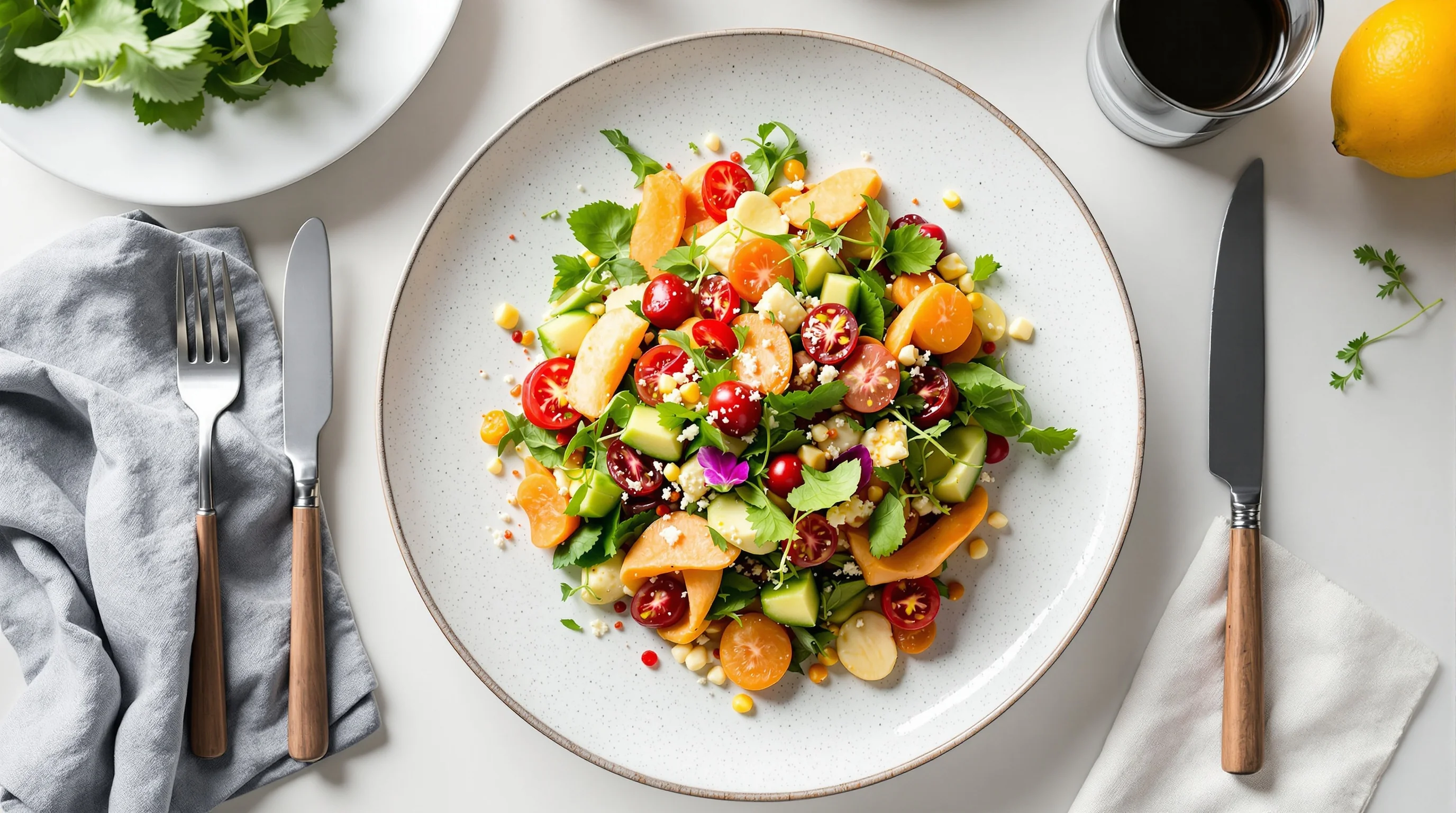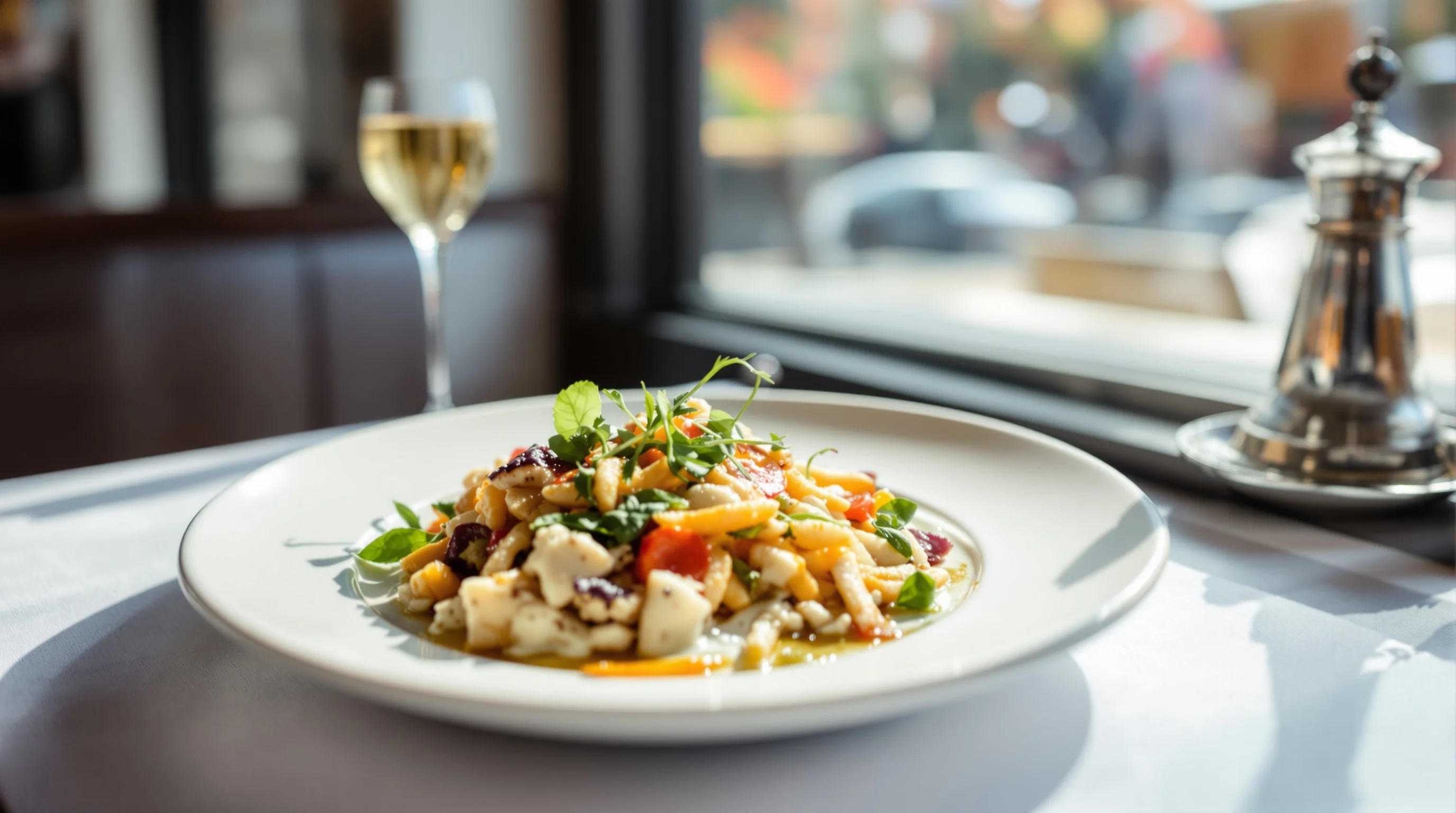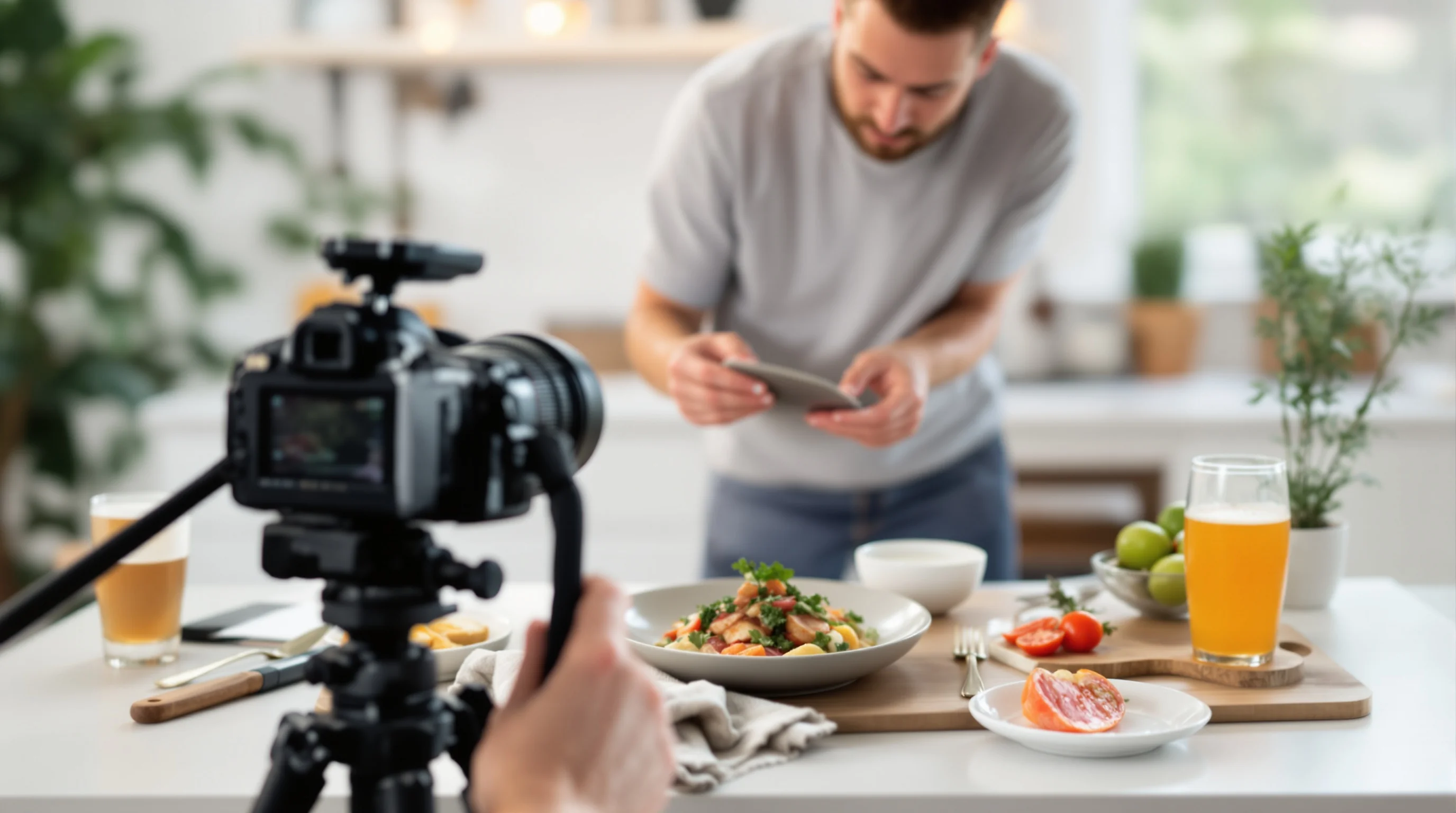Introduction: Whether you manage a busy restaurant, run a food truck, or write a culinary blog, strong images sell dishes. These amazing food photography tricks are practical, fast, and aimed at making your food look mouth-watering without expensive gear or long shoots. You will learn why natural light works best, how to style quickly, camera settings that matter, and simple editing workflows — including mobile and AI solutions that close the gap between amateur snaps and professional menu photos.
Why lighting matters more than your lens
Natural light is often the quickest path to appetizing photos. Harsh direct sunlight or a camera flash can create unappealing glare and deep shadows; instead, aim for soft, diffused light near a window. StoreHub and ShotKit both emphasize that natural light is generally preferred for food photography and that diffusers and reflectors tame contrast for better texture and color (source: https://storehub.com/th/ph/blog/food-photography-tips and https://shotkit.com/food-photography-secrets-revealed/). When you control lighting, even smartphone shots gain professional polish.
For restaurants that shoot during service, quick hacks help: use a portable white diffuser, bounce light with a small reflector, or shoot at an angle where the window light grazes the food for depth. These amazing food photography tricks prioritize simple, repeatable setups that cut post-processing time and keep colors true — which matters for menus and delivery platforms.
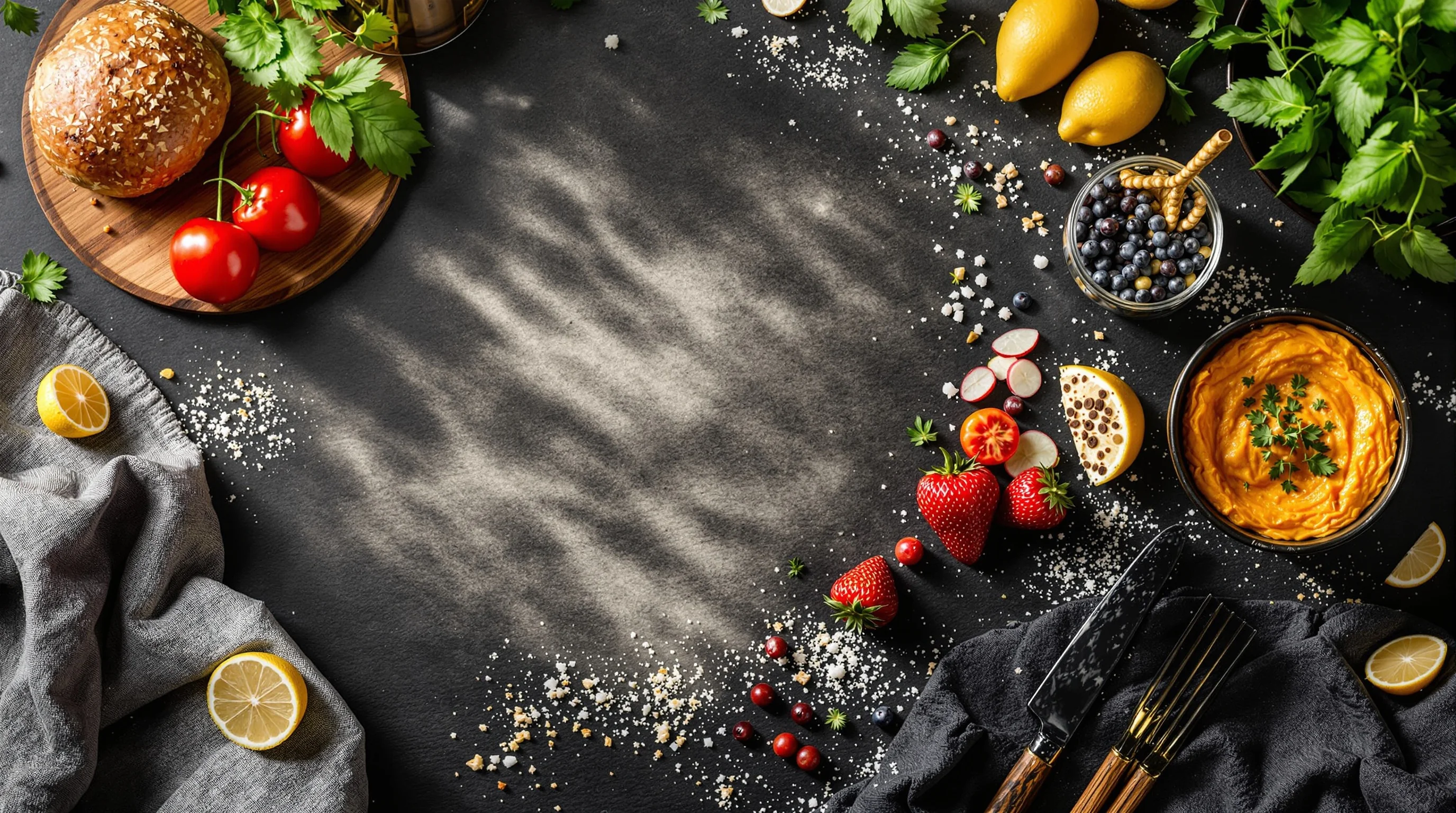
Composition and styling: make the dish the star
Strong composition directs the eye and makes food look appetizing. Use the rule of thirds, leave negative space for context (and text overlays for menus), and choose backgrounds that complement rather than compete with the dish. Neutral or single-color backdrops often make colors pop (source: https://blog.depositphotos.com/10-simple-tips-to-drastically-improve-your-food-photography.html).
Food styling is fast when you plan: keep garnishes simple, prepare a small ‘touch-up’ kit (spray bottle for shine, extra herbs, tweezers for precision), and assemble dishes in layers so textures show. Remember a key fact: food is highly perishable, so photographers work quickly and use tricks to keep it photo-ready (for example, using non-melting substitutes like lard for ice cream) — more details at https://photo.stackexchange.com/questions/2544/what-do-i-need-to-know-to-get-started-with-food-photography.
- Rule of thirds: offset the main subject slightly
- Negative space: leave room for captions or menu text
- Texture layering: crispy, saucy, and fresh elements visible
Angles and perspectives: choose based on the dish
Overhead (flat lay) works beautifully for bowls, salads, pizzas and arranged spreads. A 45-degree angle is the go-to for plates that show height, like burgers or stacks, while a side-on shot is perfect for tall items and drinks. Practicing these angles is one of the most reliable amazing food photography tricks: shoot each dish from at least three angles and pick the best one.
Flat lay food photography has become especially popular on social media because it showcases variety and styling. If you focus on flat-lays, use consistent spacing and simple props to maintain brand cohesion across posts.
Camera gear and settings that actually help
You don't need the most expensive camera to get great results. A smartphone with manual controls can deliver excellent images when you understand aperture, shutter speed and ISO. For dSLRs or mirrorless, a 50mm or 35mm prime lens is often recommended — but the best camera lens for food depends on the plate and the framing. Use a tripod for consistency and a shallow aperture (f/2.8–f/5.6) to blur background distractions while keeping the food sharp.
Quick camera checklist: stabilize with a tripod, set white balance to match ambient light, keep ISO low to avoid noise, and focus on the most textured part of the dish. Learning proper camera settings is one of the frequent struggles for beginners, so test and save presets for repeatable results.
Post-processing fast: editing tricks and mobile workflows
Editing is where dishes go from good to irresistible. Adjust white balance to correct color casts, increase clarity and contrast to enhance texture, and boost saturation carefully to keep food natural. Many competitors focus on desktop workflows, but there’s a content gap: smartphone-specific food photography tips and affordable mobile lighting hacks. Use apps with food-focused presets for speed.
User-friendly editing tools and AI-enhanced filters close the gap for busy restaurateurs. YummyPic’s built-in food photography filters and automatic color correction are tailored to food photos, offering instant, platform-optimized results for DoorDash, Grubhub and Instagram — a real time-saver when you need professional menu images in seconds.
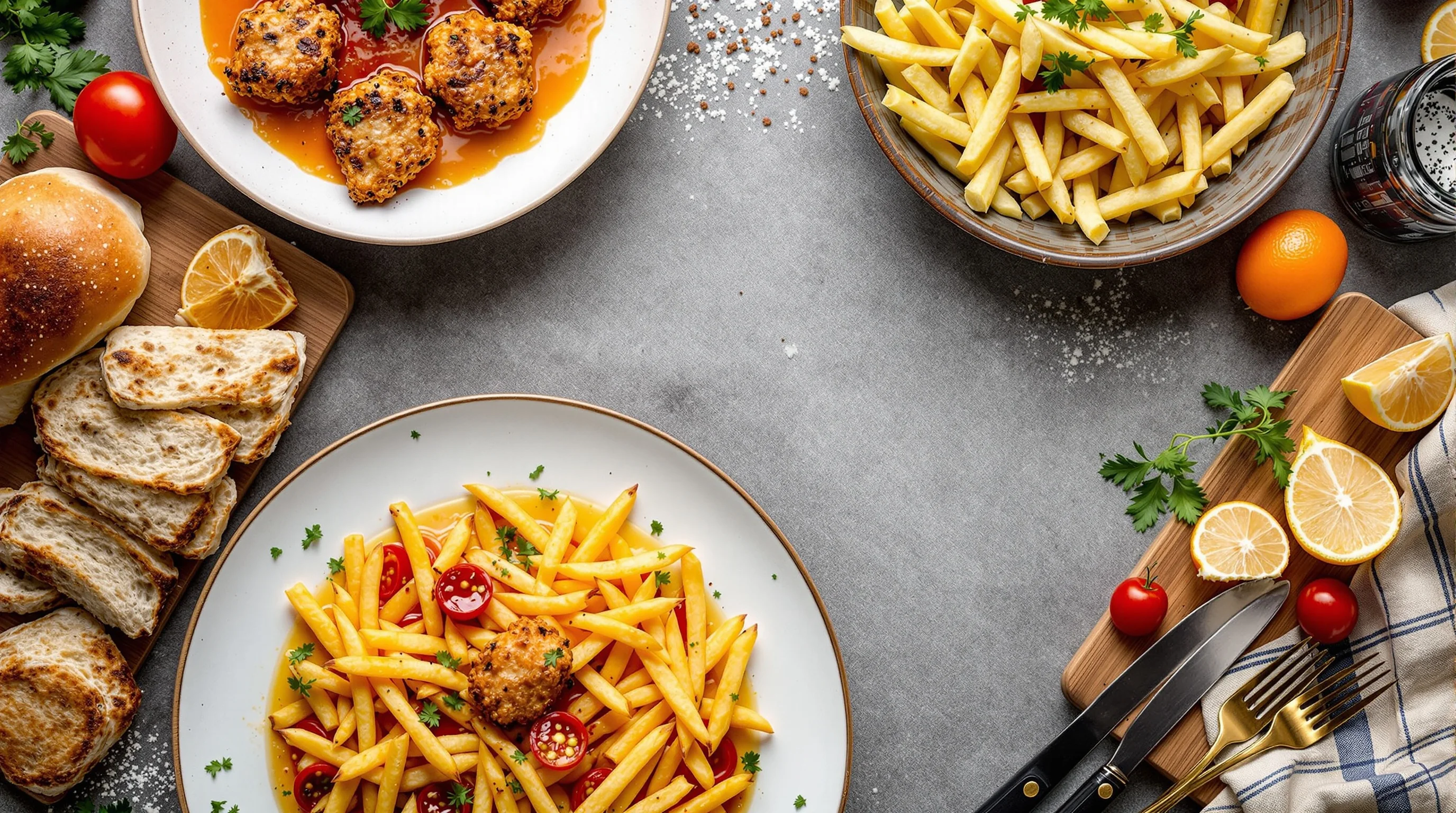
Creative behind-the-scenes tricks stylists use
Professional stylists often use surprising substitutes to keep food picture-perfect: motor oil for syrups or white glue for milk in staged shots are extreme examples that help achieve a lasting visual (source: https://photo.stackexchange.com/questions/2544/what-do-i-need-to-know-to-get-started-with-food-photography). Other tricks include pre-toasting bread for crispness, adding a tiny knob of butter just before the shot for sheen, and using spray bottles to refresh salads.
“What can I do to this scene to take it to the next level?”
Nikki Astwood (expert food photographer)
Ask that question at every shoot. Small changes — a sprinkle of flaky salt, repositioning a garnish, or catching steam with careful backlighting — often make the biggest difference. Don’t be afraid to use non-edible props or mock-ups if you need consistent images for menus or ads.
Smartphone-specific tips and trending formats
Smartphone cameras are powerful and must-have in your toolkit. For natural light food photos with a phone, tap to set focus and exposure, enable grid lines for composition, and use a small reflector (white card) to fill shadows. Emerging trends include short-form video recipes and vertical reels; capture short behind-the-scenes clips while you shoot stills to expand content quickly.
There’s also a lack of guidance on AI photography assistants in competitor articles — a gap restaurants can exploit. Tools that auto-crop for delivery platforms, apply food-specific filters, and generate multiple styles from one photo save time and ensure consistent presentation across DoorDash, Grubhub and Instagram.
Turn photos into business: menus, social proof and portfolios
Good photography drives sales: images of food get about 30% more engagement on social media, and restaurants using professional dish photos can see roughly 30% higher sales for those menu items (source: Soocial – “18 Food Photography Statistics to Dominate the Industry 2025” https://www.soocial.com/food-photography-statistics/). That’s why investing in reliable, repeatable workflows is a marketing decision, not just aesthetics.
To turn photos into business value, create a portfolio of best shots for menus and delivery platforms, post consistently to curated networks, and encourage user-generated content. YummyPic also offers a marketplace and community features where restaurateurs can showcase images, gain exposure, and even license photos — solving the pain point of finding an audience and simplifying editing workflows.
- Use staged menu shots for delivery thumbnails
- Create short-form videos to boost social engagement
- Leverage community platforms to promote dishes and receive feedback
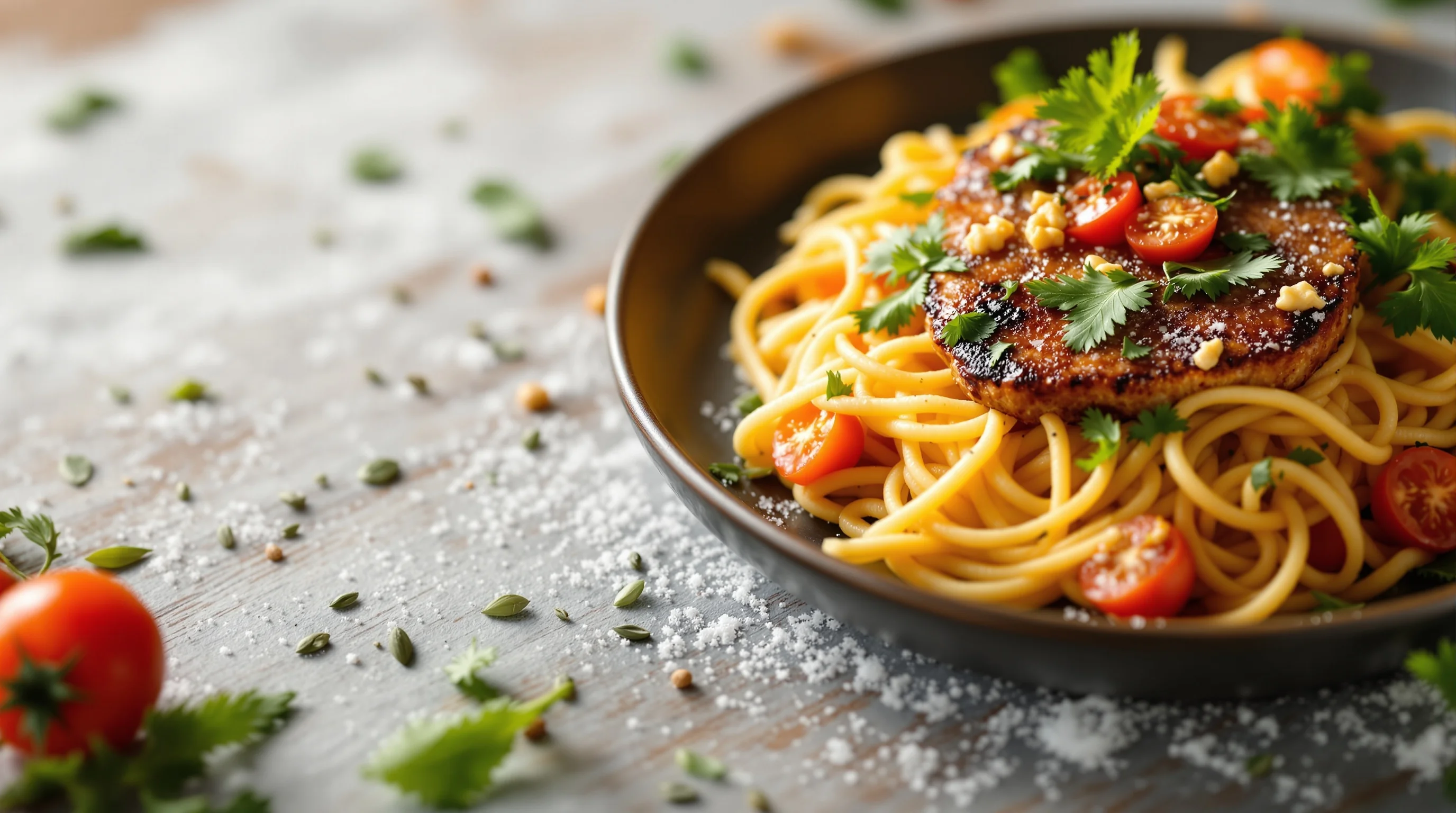
Quick checklist: 12 amazing food photography tricks you can use today
Here are concise, actionable steps that compress the best advice into a routine you can repeat nightly or weekly. These are practical solutions to the common pain points—poor lighting, cluttered composition, and confusing settings.
- Shoot in natural light near a window; avoid direct noon sun.
- Use a white diffuser and small reflector to control shadows.
- Choose one focal point and use shallow depth to isolate it.
- Keep backgrounds neutral to make colors pop (see DepositPhotos tip).
- Prep a touch-up kit: spray bottle, tweezers, extra garnishes.
- Test three angles: overhead, 45°, and side-on; pick the best.
- Set white balance manually or correct in-app immediately.
- Use food-specific presets/filters for consistent results.
- Capture short video clips for reels while shooting stills.
- Use non-melting substitutes for perishable items when needed (photo.stackexchange).
- Save templates for delivery platforms (thumbnail crop, 4:3 and square).
- Share top images to a curated platform or marketplace for exposure.
How YummyPic fits into your workflow
YummyPic is the leading AI-powered food photography platform for restaurants. It integrates with your workflow at the editing and distribution stage: upload a quick photo, choose a style (bright & airy or dark & moody), and download platform-optimized images in seconds. That saves time, reduces costs compared to hiring photographers, and ensures images are ready for DoorDash, Grubhub, Uber Eats and Instagram.
- Speed: Professional photos in seconds
- Cost-effective: Fraction of the cost of hiring a photographer
- Variety: Multiple photography styles from one upload
- Convenience: No lighting or prop setup required
- Quality: Optimized for delivery platforms and social
- Flexibility: Transform the same dish into multiple looks
- Instant Results: Download high-resolution images immediately
- Easy to Use: Upload a photo and let AI do the rest
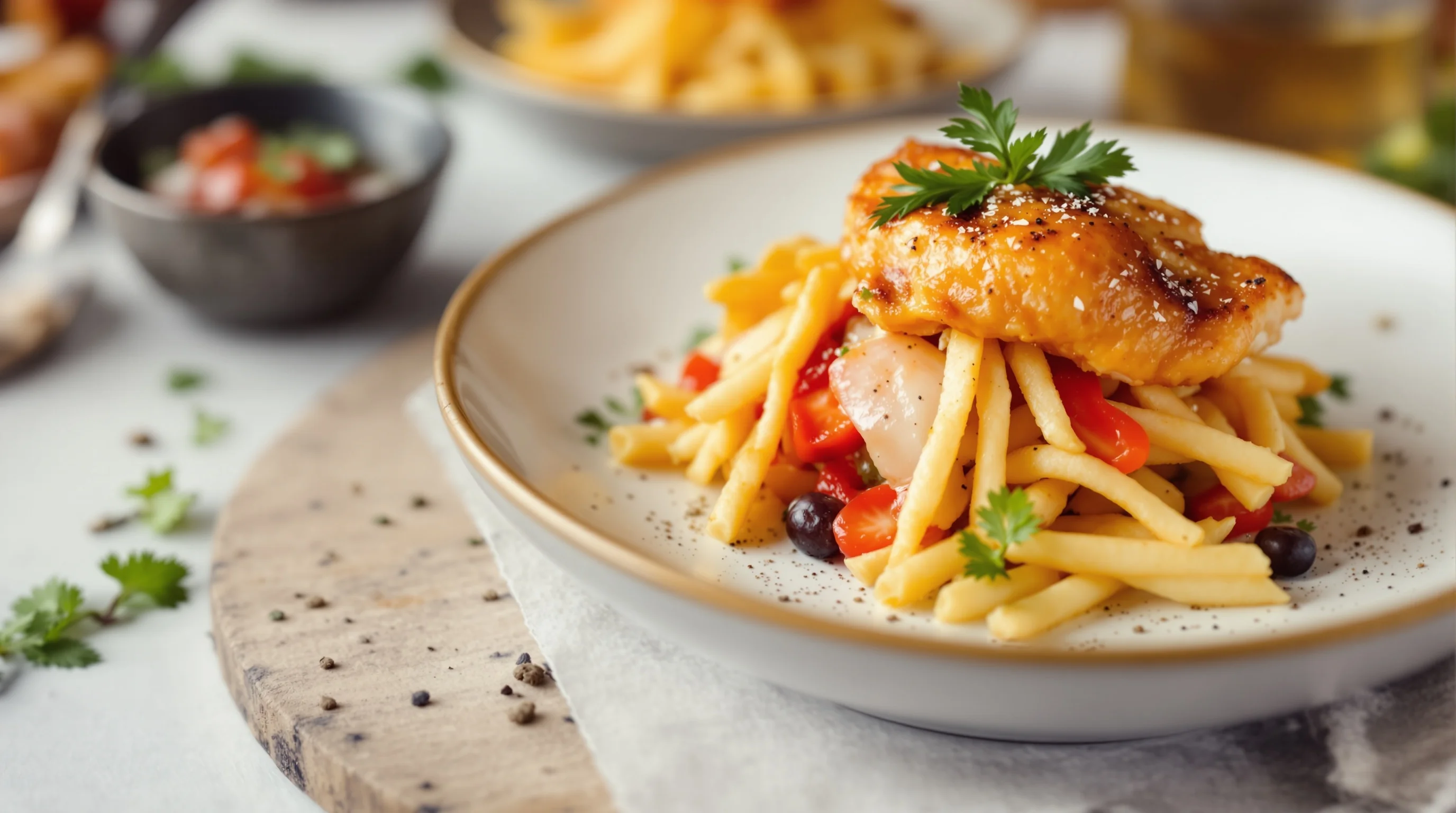
Conclusion
Amazing food photography tricks blend light control, mindful composition, efficient styling, and quick editing. Use natural light whenever possible, simplify your props and backgrounds, master three reliable angles, and adopt mobile or AI tools to speed edits. Remember the statistics: food images drive engagement — over 488 million #food posts on Instagram and about 43% of users list food as a top interest — so great photography is a direct business amplifier (source: https://www.soocial.com/food-photography-statistics/). Implement these tricks and consider tools like YummyPic to scale consistent, high-quality imagery across menus and delivery platforms.


